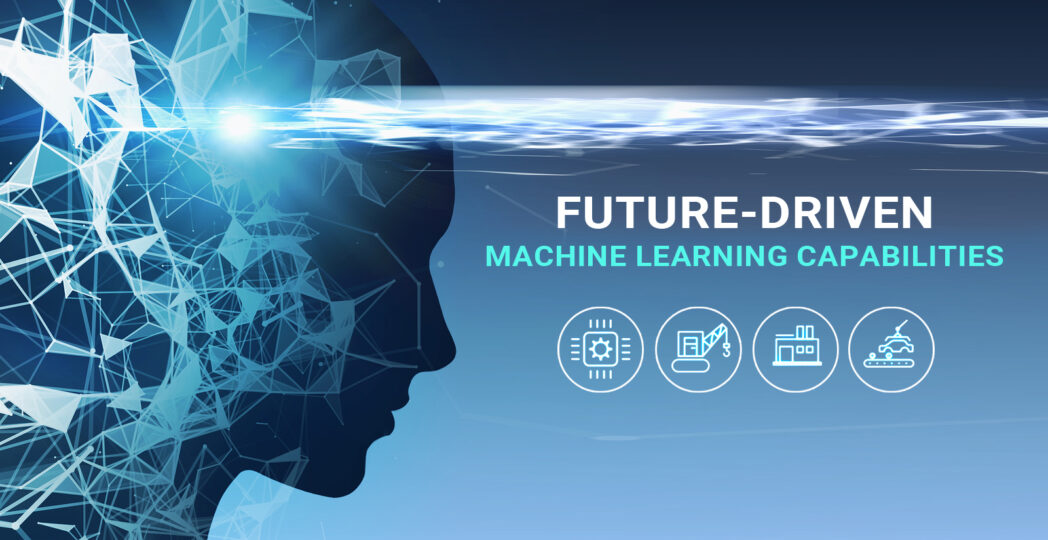What is Machine Learning?
Machine learning is a subset of AI that focuses on building systems that can learn from data and improve over time without explicit programming. The main goal of machine learning is to identify patterns in data and make predictions based on those patterns.
Key Characteristics of Machine Learning:
- Algorithms: ML employs various algorithms, including decision trees, support vector machines, and linear regression, to analyze data.
- Feature Engineering: In traditional ML, a significant amount of time is spent on feature extraction, where domain knowledge is used to identify the most relevant features of the data.
- Data Requirements: ML can work effectively with smaller datasets, making it accessible for many practical applications.
What is Deep Learning?
Deep learning, a subset of machine learning, focuses on neural networks with many layers (hence “deep”). It mimics the way the human brain processes information, allowing it to recognize patterns in complex data such as images, audio, and text.
Key Characteristics of Deep Learning:
- Neural Networks: DL relies on deep neural networks, which consist of interconnected layers of nodes (neurons). Each layer transforms the data, allowing the model to learn increasingly abstract features.
- Automatic Feature Extraction: One of the advantages of deep learning is that it can automatically extract features from raw data, eliminating the need for extensive feature engineering.
- Data Requirements: DL typically requires larger datasets and more computational power, as the complexity of the models increases.
Comparison: Machine Learning vs. Deep Learning
| Aspect | Machine Learning | Deep Learning |
|---|---|---|
| Structure | Various algorithms and models | Deep neural networks with multiple layers |
| Feature Engineering | Manual feature extraction | Automatic feature extraction |
| Data Needs | Works well with smaller datasets | Requires large datasets |
| Computational Power | Generally less intensive | Highly resource-intensive |
| Use Cases | Suitable for structured data (e.g., sales forecasting, fraud detection) | Best for unstructured data (e.g., image recognition, natural language processing) |
| Interpretability | Often more interpretable | Can be a “black box,” less interpretable |
When to Focus on Machine Learning
Students should consider focusing on machine learning if:
- They are working with smaller, structured datasets.
- They are interested in applications such as predictive analytics, clustering, and recommendation systems.
- They want to build a strong foundation in statistical methods and algorithms.
When to Focus on Deep Learning
Deep learning is more suitable for students who:
- Are passionate about cutting-edge technologies in AI, such as computer vision and natural language processing.
- Are prepared to handle large datasets and possess access to substantial computational resources (like GPUs).
- Want to explore complex models that may involve fewer manual interventions in feature selection.
Conclusion
Both machine learning and deep learning play vital roles in the AI landscape, and each has its own strengths and weaknesses. By understanding the differences, students can make informed choices about where to focus their studies.
At ATA, we provide comprehensive courses that cover both machine learning and deep learning, ensuring that you develop a well-rounded understanding of these essential components of AI. Whether you choose to dive into the fundamentals of machine learning or explore the complexities of deep learning, the knowledge you gain will empower you to navigate the exciting field of AI confidently.





